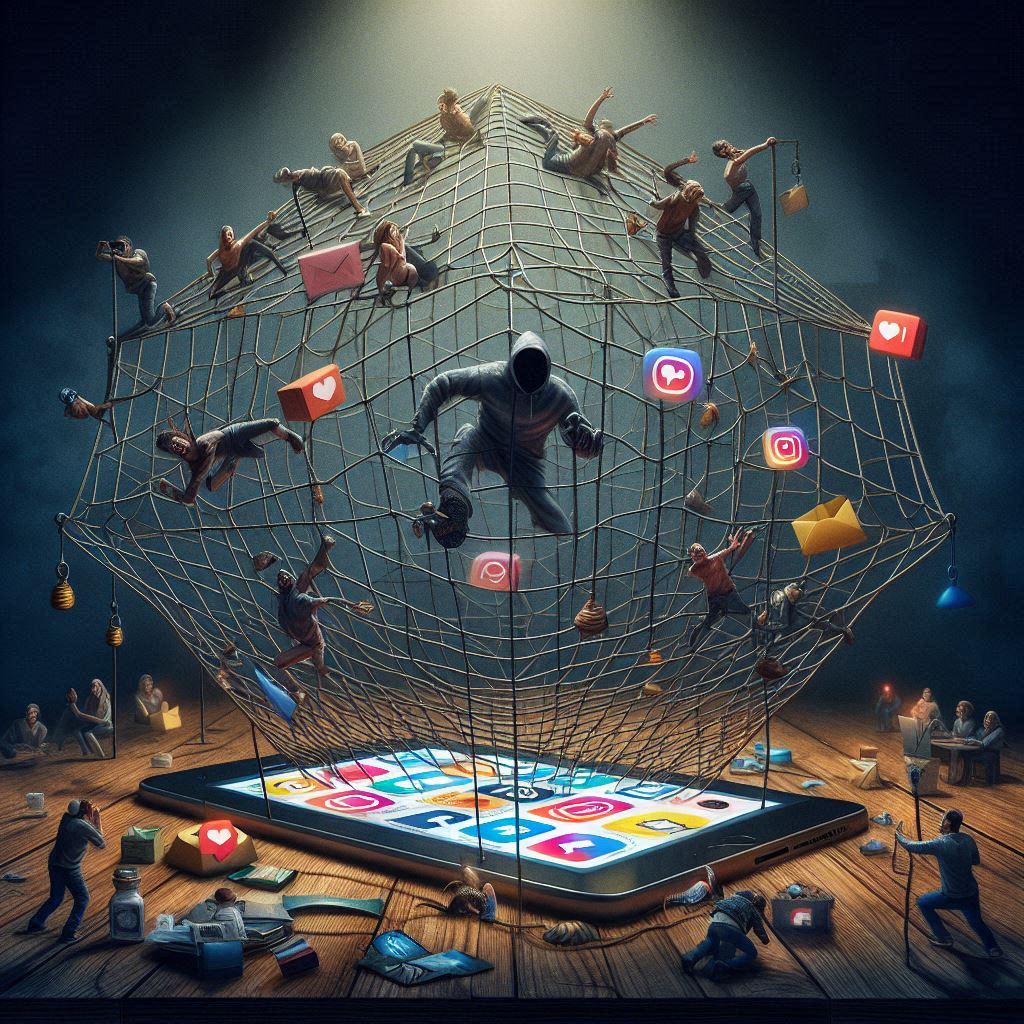Demystifying Blockchain: A Beginners Guide to Understanding the Technology.
Blockchain Explained – Imagine a digital notebook that everyone can see but no one can erase or change. Every time something important happens, like a transaction or an agreement, it gets written down in this notebook. This notebook is called a “blockchain.” It’s a way to keep records secure and transparent, so everyone involved knows what’s going on and can trust that the information hasn’t been tampered with.
How Does The Technology Work?
Blockchain is like a chain of blocks, where each block holds some information. Here’s a step-by-step analogy to make it clearer:
- The Block (Notebook Entry):
Think of a block as a single page in our digital notebook. This page might include details like who sent money to whom, what the amount was, or even who agreed to a contract . - The Chain (Binding the Notebook):
Now, these pages aren’t loose; they are bound together in a specific order, like a chain. Once a page is added, it can’t be removed or altered without changing all the following pages. This binding is done through something called cryptography (a fancy term for complex math that locks the pages together) . - Decentralized Network (Everyone Gets a Copy):
Instead of one person keeping the notebook, everyone involved in the blockchain has their own copy. When a new page (block) is added, everyone’s notebook is updated simultaneously. This ensures that everyone has the same, up-to-date information, making it difficult for anyone to cheat or change the past .
Real-World Example: The Lemonade Stand
Let’s say you and your friends start a lemonade stand. You keep a notebook where you write down every sale you make. Normally, only one person keeps this notebook, and they could make mistakes or even change the entries. But what if all your friends had their own copy of the notebook, and every time someone buys lemonade, all the notebooks get updated at the same time? Now, no one can cheat or lie about the sales because everyone can see the correct record.
This is how blockchain works in the real world. It ensures trust and transparency by making sure everyone has the same information, and no one can change it without everyone else knowing.
Potential Applications
Blockchain isn’t just for digital money like Bitcoin. It has many potential uses across different industries:
- Finance:
Blockchain can make sending money across borders faster and cheaper by cutting out the middlemen (like banks) who normally take a fee . - Supply Chain:
Imagine tracking a product from the factory to your doorstep. With blockchain, every step of the journey is recorded, so you know exactly where your product has been and if it’s genuine . - Healthcare:
Your medical records could be securely stored on a blockchain, ensuring that only you and your doctors can access them, and they can’t be tampered with . - Voting:
Blockchain could make voting more secure by ensuring that each vote is counted accurately and that no one can change or delete votes after they’re cast .
Benefits of Blockchain
- Transparency:
Everyone involved has access to the same information, reducing the chance of fraud or errors . - Security:
Once information is recorded on the blockchain, it’s nearly impossible to change, making it highly secure . - Efficiency:
Transactions can be processed quickly and without the need for intermediaries, saving time and money .
Challenges of Blockchain
- Scalability:
As more people use the blockchain, it can become slower and more expensive to operate . - Energy Consumption:
Blockchain networks, especially those like Bitcoin, can use a lot of electricity, which is a concern for the environment . - Regulation:
Governments are still figuring out how to regulate blockchain, which can create uncertainty for businesses and users .
Visuals to Enhance Understanding
To help you visualize these concepts, imagine a chain of blocks where each block is a page in a digital notebook. You can picture a group of people each holding a copy of this notebook, all connected by a chain that ensures they all have the same information. Below is a simple infographic to further illustrate how blockchain works:
- Block: Represents a single page in the notebook with transaction details.
- Chain: Shows the binding of blocks together, securing the information.
- Decentralized Network: Illustrates everyone holding a copy of the notebook, ensuring transparency.
Blockchain Made Simple
Blockchain technology is revolutionizing how we think about trust and security in the digital age. From finance to healthcare, its potential applications are vast and transformative. However, like any new technology, it comes with its own set of challenges. As blockchain continues to evolve, it will be fascinating to see how it shapes the future of various industries.
By understanding the basics of blockchain, you’re now better equipped to appreciate its potential and how it might impact your life in the coming years.
References
- Nakamoto, S. (2008). Bitcoin: A Peer-to-Peer Electronic Cash System. Retrieved from https://bitcoin.org/bitcoin.pdf
- Tapscott, D., & Tapscott, A. (2016). Blockchain Revolution: How the Technology Behind Bitcoin Is Changing Money, Business, and the World. Penguin.
- Mougayar, W. (2016). The Business Blockchain: Promise, Practice, and Application of the Next Internet Technology. Wiley.
- Casey, M. J., & Vigna, P. (2018). The Truth Machine: The Blockchain and the Future of Everything. St. Martin’s Press.





